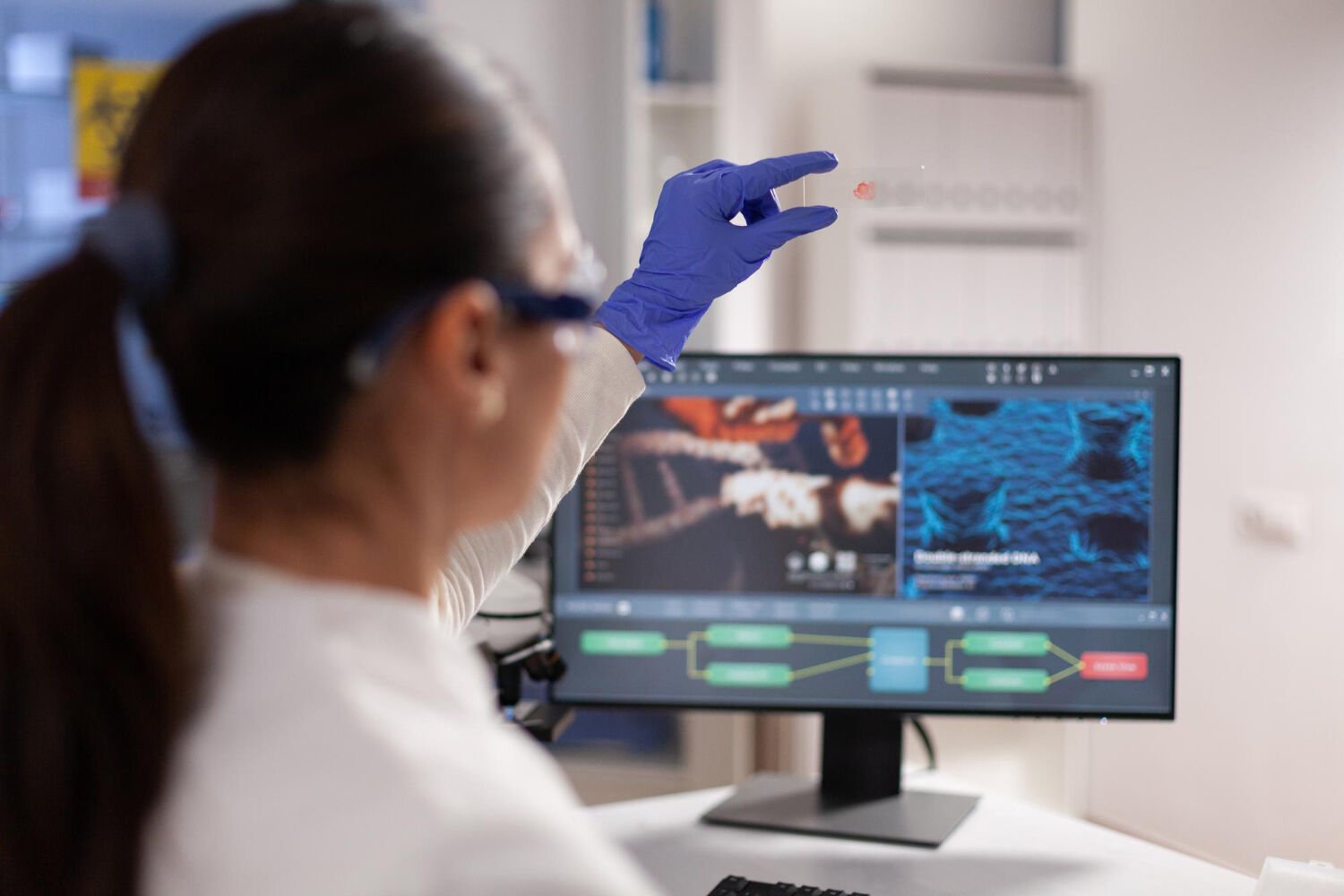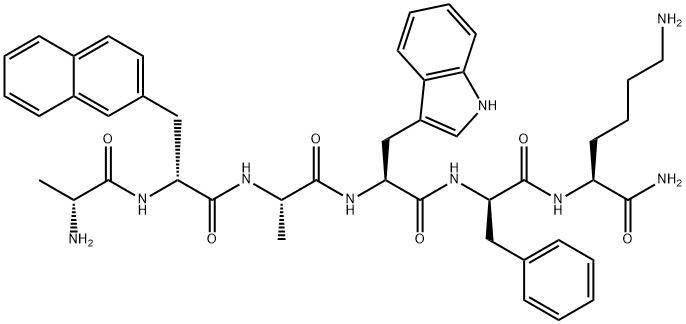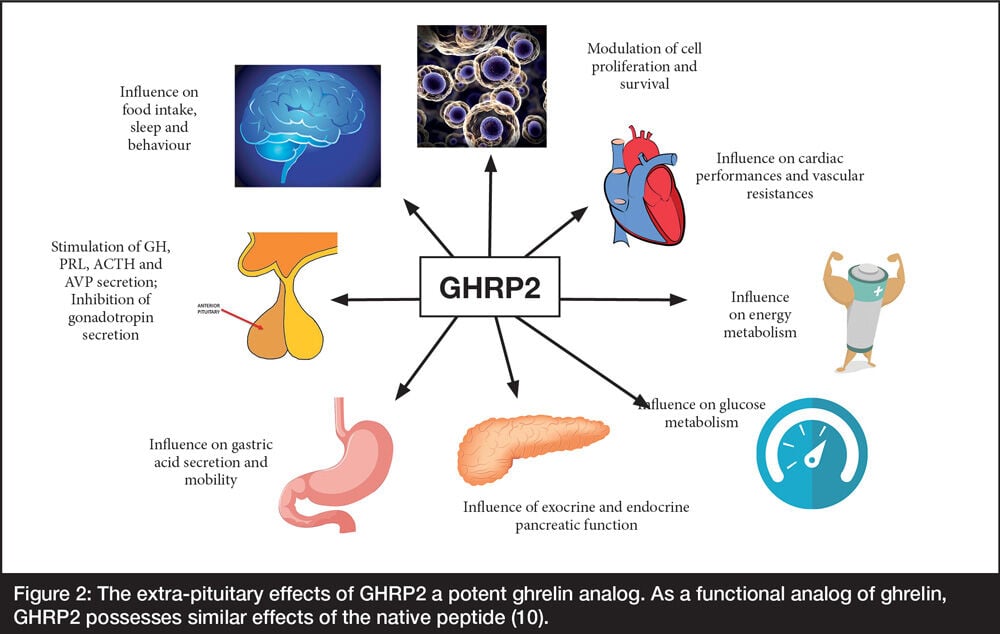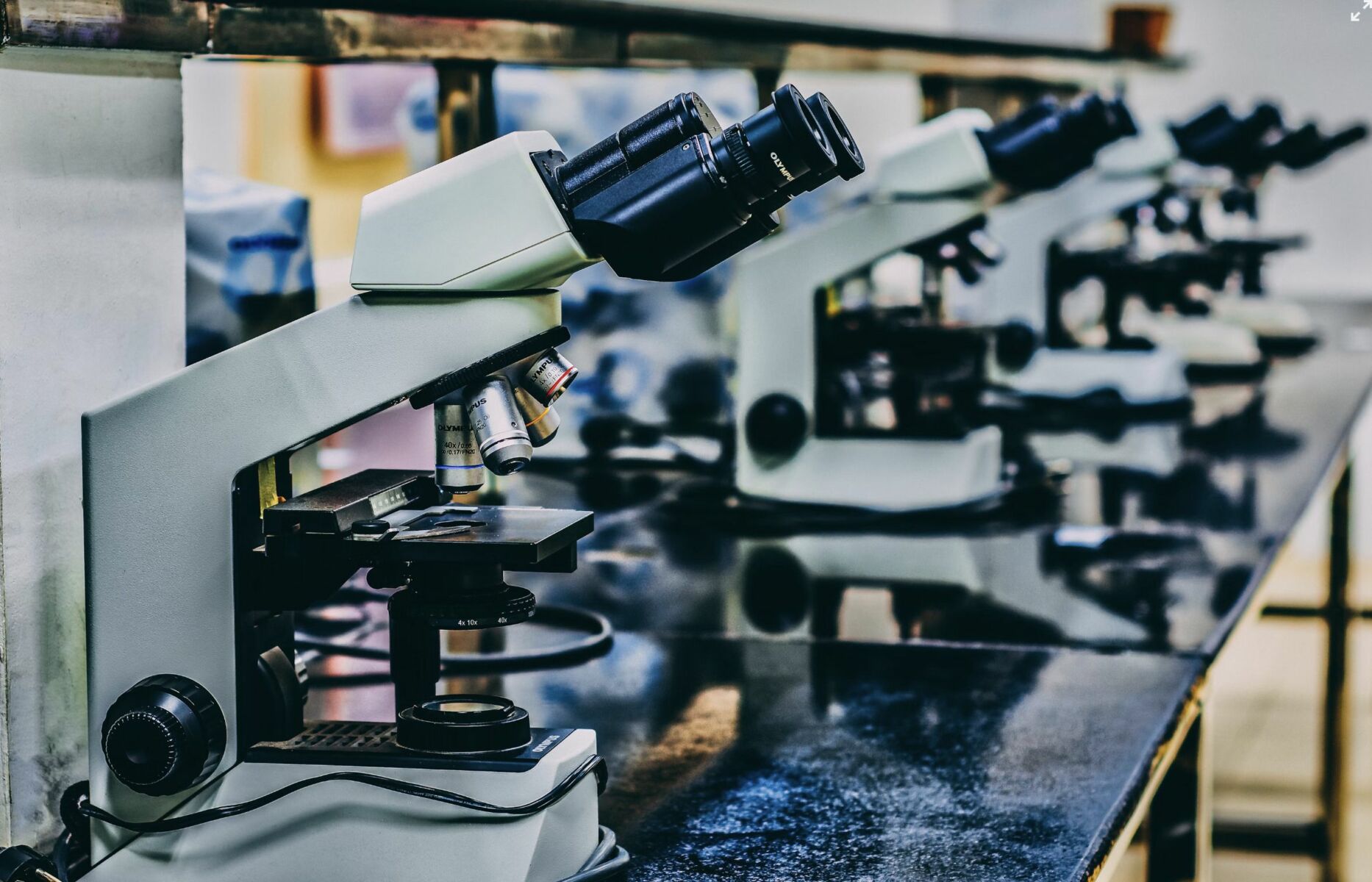Exploration of GHRP-2 Peptide

Growth Hormone Releasing Peptide-2 (GHRP-2) belongs to a class of synthetic peptides known as secretagogues. These compounds are designed to stimulate the release of endogenous growth hormone (GH) from the pituitary gland. As part of the GHRP family, GHRP-2 may exhibit unique properties that distinguish it from other peptides in its class. This article explores the speculative mechanisms, molecular interactions, and physiological impacts that GHRP-2 might exert.
GHRP-2 Peptide: Molecular Structure and Mechanism of Action
GHRP-2, also known as Pralmorelin, is a hexapeptide composed of six amino acids: His-D-Trp-Ala-Trp-D-Phe-Lys. This specific sequence is theorised to interact with the ghrelin receptor (GHS-R1a) in the hypothalamus and pituitary gland, which may trigger growth hormone secretion. The interaction with GHS-R1a is thought to mimic the natural ligand ghrelin, a peptide hormone known for regulating appetite and energy balance.
The proposed mechanism of GHRP-2 involves binding to the GHS-R1a receptor, which might initiate a cascade of intracellular signalling events. These events may include activating protein kinase A (PKA) and protein kinase C (PKC) pathways, associated with releasing calcium ions from intracellular stores. This increase in intracellular calcium is speculated to promote the fusion of GH-containing vesicles with the cell membrane, thereby facilitating the release of GH into the bloodstream.

Physiological Implications of GHRP-2
Growth Hormone
The primary hypothesised function of GHRP-2 is the stimulation of GH secretion. Growth hormone is believed to be crucial in regulating growth, metabolism, and cellular repair within laboratory animal models. By enhancing GH release, GHRP-2 might influence various physiological processes. For instance, it has been hypothesised that elevated GH levels might support protein synthesis, promote lipolysis, and support the growth and maintenance of tissues.
Ghrelin
GHRP-2’s interaction with the ghrelin receptor suggests potential impacts on appetite and energy homeostasis. Ghrelin is known as the “hunger hormone” because it is believed to stimulate appetite. Research indicates that GHRP-2 might mimic ghrelin’s impacts, potentially influencing food intake and energy expenditure. This characteristic might have implications within weight research and studies involving metabolic function.

Cardiovascular Implications
There is emerging interest in the potential cardiovascular impacts of GHRP-2. Growth hormone and ghrelin have been linked to cardiovascular function, including regulating cardiac contractility and vascular tone. It is theorised that GHRP-2 might impact cardiovascular function through its GH-releasing and ghrelin-mimetic activities. Investigations purport that GHRP-2 might influence cardiac output, blood pressure, and overall cardiovascular resilience.
Immunity
Growth hormones have been implicated in modulating the immune system. Preliminary investigations suggest that GHRP-2 might exert immunomodulatory impacts by enhancing GH levels. Studies suggest that this peptide might influence the activity of immune cells, cytokine production, and inflammatory responses. These impacts might have potential implications in conditions characterised by immune dysregulation.
Potential Mechanisms of GHRP-2
Given its hypothesised characteristics, GHRP-2 might be explored for various biological research implications. Its potential to stimulate GH release might make it a valuable tool in studies investigating growth disorders, metabolic conditions, and tissue repair mechanisms. Additionally, its potential impacts on appetite and cardiovascular function might warrant further exploration in the context of obesity, metabolic syndrome, and cardiovascular diseases.
Experimental Approaches and Methodologies
Various experimental approaches can be employed to elucidate the characteristics and mechanisms of GHRP-2. In vitro studies on cultured pituitary cells or hypothalamic neurons might provide insights into the peptide’s receptor binding and intracellular signalling pathways. Animal models might be utilised to investigate the systemic impacts of GHRP-2, including its effects on growth, metabolism, and cardiovascular function.
Advanced analytical techniques, such as mass spectrometry and nuclear magnetic resonance (NMR) spectroscopy, might be employed to characterise the molecular structure and binding affinities of GHRP-2. Gene expression analysis and proteomics might also reveal the downstream impacts of GHRP-2-induced GH release on cellular and tissue functions.
GHRP-2 Peptide: Speculative Insights and Future Directions
While the existing research indicates potential properties of GHRP-2, much remains to be discovered about its mechanisms and implications. Future investigations might focus on the following areas:
- Receptor Specificity and Binding Kinetics: Further studies might elucidate GHRP-2’s specificity for different ghrelin receptor subtypes and binding kinetics. Understanding these interactions might help optimise the design of GHRP analogues with selectivity.
- Long-term Impacts: Studies in animal models might provide insights into the long-term impacts of GHRP-2 exposure. Evaluating its possible impact on growth, metabolism, cardiovascular function, and immune function over extended periods might inform its potential research implications.
- Peptide Blends: Exploring the synergistic impacts of GHRP-2 with other peptides, hormones, or pharmacological agents might reveal new avenues for research interventions. For instance, combining GHRP-2 with insulin-like growth factor 1 (IGF-1) or other anabolic agents has been hypothesised to support its potential to promote tissue repair and growth.
- Experimental Translation: While preclinical studies provide valuable insights, translating these findings into experimental implications requires rigorous testing and validation. Experimental studies might assess the efficacy, potential, and optimal handling of GHRP-2 in various organisms and research conditions.

Research indicates that GHRP-2 represents a promising peptide with potential related to growth hormone secretion, appetite regulation, cardiovascular function, and immune modulation. While current research suggests various mechanisms and implications, further investigations are needed to fully understand its biological impacts and research potential. By continuing to explore the molecular interactions and physiological implications of GHRP-2, scientists may uncover new insights that might pave the way for innovative studies and implications in many contexts.
References
[i] Sigalos JT, Pastuszak AW. The Safety and Efficacy of Growth Hormone Secretagogues. Sex Med Rev. 2018 Jan;6(1):45-53. doi: 10.1016/j.sxmr.2017.02.004. Epub 2017 Apr 8. PMID: 28400207; PMCID: PMC5632578.
[ii] Pralmorelin: GHRP 2, GPA 748, growth hormone-releasing peptide 2, KP-102 D, KP-102 LN, KP-102D, KP-102LN. Drugs R D. 2004;5(4):236-9. doi: 10.2165/00126839-200405040-00011. PMID: 15230633.
[iii] Yamamoto D, Ikeshita N, Matsubara T, Tasaki H, Herningtyas EH, Toda K, Iida K, Takahashi Y, Kaji H, Chihara K, Okimura Y. GHRP-2, a GHS-R agonist, directly acts on myocytes to attenuate the dexamethasone-induced expressions of muscle-specific ubiquitin ligases, Atrogin-1 and MuRF1. Life Sci. 2008 Feb 27;82(9-10):460-6. doi: 10.1016/j.lfs.2007.11.019. Epub 2007 Dec 5. PMID: 18191156.
[iv] Semenistaya E, Zvereva I, Thomas A, Thevis M, Krotov G, Rodchenkov G. Determination of growth hormone releasing peptides metabolites in human urine after nasal administration of GHRP-1, GHRP-2, GHRP-6, Hexarelin, and Ipamorelin. Drug Test Anal. 2015 Oct;7(10):919-25. doi: 10.1002/dta.1787. Epub 2015 Apr 13. PMID: 25869809.
[v] Laferrère B, Abraham C, Russell CD, Bowers CY. Growth hormone-releasing peptide-2 (GHRP-2), like ghrelin, increases food intake in functiony men. J Clin Endocrinol Metab. 2005 Feb;90(2):611-4. doi: 10.1210/jc.2004-1719. PMID: 15699539; PMCID: PMC2824650.
Latest Thailand News
Follow The Thaiger on Google News:


























